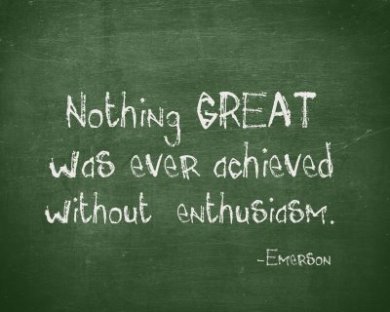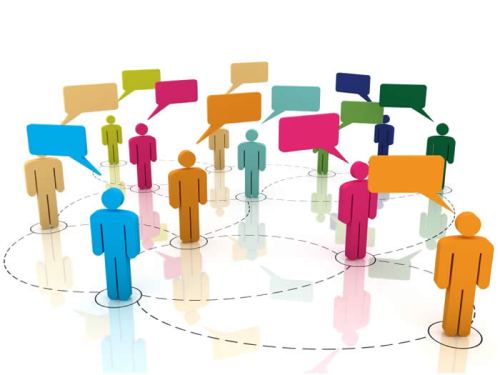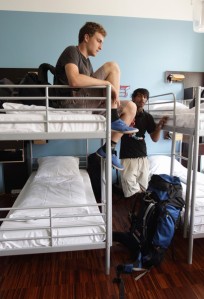
You can find plenty of articles out there listing all the qualities and traits of a good community manager. You’ve gotta be a people person, knowledgable, a good writer, empathetic, a quick thinker, constantly learning. One thing I think that’s often forgotten is enthusiasm. We can list off our experiences, accomplishments, what we can do for the company, but if you aren’t showing enthusiasm for the position, then it most likely isn’t going to work out.
This is something I dealt with recently, first hand, and it’s not a great feeling. I saw the startup I wanted to work. for I was able to do my homework (as much as possible for a company that hadn’t launched, and didn’t have a functional website up yet.) I wrote up my cover letter as soon as I saw the posting. Later that day, I received an email inviting me to a phone call with the company. That following Friday I took the phone call. I was well prepared, had my notes and questions ready to go. I thought the call went well; they mentioned how prepared I was for the call, and they appreciated it. I sent my follow up email later that day.
Two weeks later, I get an email saying they wanted me to meet me in person. Apparently my call was good enough to get me a follow up. So, I began to prepare for my in-person meeting with the company. I was both anxious, and nervous. – It was a company I was really excited to be a part of, and they were still a team smaller than ten. I sat down with the woman I had spoken to on the phone. We chatted a bit about the company, my experience, what they were looking for, what I was looking for. About 30 minutes later, she said it was time to meet with the CEO. (Note, I should’ve asked before hand how the interview process was set up, to help better prepare me) The CEO came over, and my nervousness level hit a new high. I had already emptied my brain with everything I had planned to say, I now felt like an idiot. The first question was the usual: “Tell me about yourself.” After that, I was again asked about my experience, and what led to my applying. I went on about why I applied, and she then asked if I had any questions. I tried to come up with some new ones, in which I mumbled a few things that came to mind. That about wrapped up my interview. She said thanks for coming in, we shook hands, and each went our merry way.
Later that evening, I began to work on my follow up email. I threw in some new ideas I had for the role, and touched on everything we talked about. That Sat evening, I get an email saying I wasn’t being considered for the role, and thanks for coming in. I was upset at first, I had invested so much time, effort, and thought into applying, and interviewing for the role. I quickly deleted the email. A few hours later, I decided to to write back to see If I could get some input about the interview. I said thanks for having me, and mentioned how much I really wanted to work for the company. I then asked for any feedback on my interview.
A couple days later, I got my answer. My initial email had shown my enthusiasm and that’s what grabbed their attention in the first place. My phone call was more about my homework and research. They weren’t too sure if they were going to call me into the office, but they decided to give me a chance. It was then in person, that I let my nervousness get the best of me, and didn’t show the enthusiasm the company was looking for.
When interviewing for a company as such (smaller than 10 people), a big part of the hire is going to be enthusiasm. Company culture is very important. While I really was enthusiastic about the job, had the experience, and did my homework, it was nerves that got the best of me. It’s quite a disappointing feeling to miss out on a job opportunity because of nerves over experience. A lack of experience would be more understandable.
While things might look good on paper (or on a screen), remember it’s your enthusiasm that will help you land that next job. There are plenty of resources out there that give you suggestions on getting over nervousness, but you need to show the company with your body language and tone, that you really want the job. Make sure to know who you’re meeting with, and how. If it’s a round table interview, or one on one. The more prepared you are, the more you can focus on your enthusiasm, instead of your nerves, and coming up with things on the spot.







